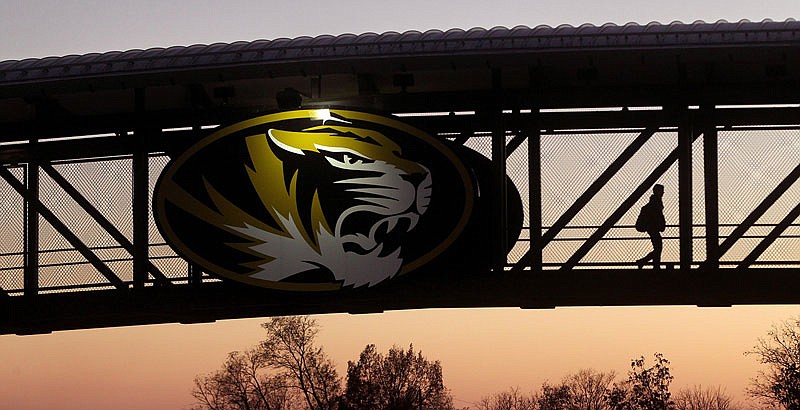Ninety-two percent of Missouri's $30,000 median income is required for someone to attend the state's four-year institutions of higher education full time.
"As a result, students and families with low to modest incomes face an incredible financial barrier in accessing higher education," states a new report from the Missouri Department of Higher Education and Workforce Development. "Many are basing their academic careers around cost, choosing schools that have a lower price tag or attending part-time to spread out college expenses. A greater consequence may be that more students simply will not enroll in school at a time when 66 percent of Missouri jobs require a certificate, associate degree or higher."
MDHEWD on Monday released the second part of its Equity in Missouri Higher Education Report, which is part of a series focused on the results of a 2020 survey of nearly 10,000 college students in the state.
The study included the department's first-ever survey on college affordability, in which more than 9,000 of the almost 10,000 students said the cost of college was a major obstacle.
College tuition and fees have increased 900 percent since 1980, according to the Bureau of Labor Statistics, but access to financial aid isn't keeping up.
The Free Application for Federal Student Aid (FAFSA) is the usual starting point for getting financial assistance for college. Undergraduate students who demonstrate the greatest financial needs can receive a Pell Grant for up to $6,345, but award amounts often change from year to year based on several factors.
Eligibility for aid is based on the expected family contribution, which is determined through more than 100 FAFSA questions about parent financial information, household size and dependency status. The federal program only considers students independent from parents if they are 24 years old, married, in the military or have children of their own.
More than 70 percent of student survey respondents said they were financially independent from their parents. And students routinely reported FAFSA does not accurately determine how much their families can financially contribute to college.
"I was $143 from having to drop out this fall," one student responded to MDHEWD's survey. "I begged for the money from my father, a disabled man on a fixed income. I know he needed that money. I know my schooling is important. But the closer I get to graduating, the more cash they want. High school never prepared me for this."
State financial aid also presents some issues for students as nearly all awards are processed using FAFSA data, including the A+ scholarship, Access Missouri grant and Fast Track Workforce Incentive Grant. Only 12 percent of A+ and Bright Flight scholarships went to non-white students, according to the survey results.
As a result of the growing gap between college costs and financial aid, students borrowed an average of $36,510 to finance their education in 2021, according to the report, which is more than double what students would pay in 2000.
And when financial aid and loans weren't enough, students simply didn't buy class materials. According to the Affordability Survey, 35 percent of Missouri college students don't have enough money for required class materials.
Missouri's affordability data aligns with national trends, in which 66 percent of college students said they would skip buying course materials because of how expensive they are and 19 percent said they pick classes based on the cost of the textbook.
Food and housing insecurity also plague Missouri college students. According to the survey, nearly half of respondents reported not knowing if they will have money for food from one week to the next.
Those conditions particularly affect students who are Black, Indigenous or have a disability. More than half of disabled respondents, for example, said they didn't have enough resources for housing and utilities.
"This data, coupled with the stories and testimonies of the students who were willing to share, paint a real picture of the day-to-day struggles for many of Missouri's students seeking a post secondary education," the report concludes. "When the price of pursuing a degree, a virtual necessity for jobs that pay a living wage, requires students to either go hungry or to forego taking classes that would adequately prepare them for their careers, something must change."
The rising cost of an education is likely contributing to declining enrollment trends across the state, according to the report. Enrollment at Missouri institutions of higher education has dropped 20 percent over the past decade and almost 5 percent from 2021-22.
The final installment of the Equity in Missouri Higher Education Report will be released before the end of the year and focus on student completion outcomes.

